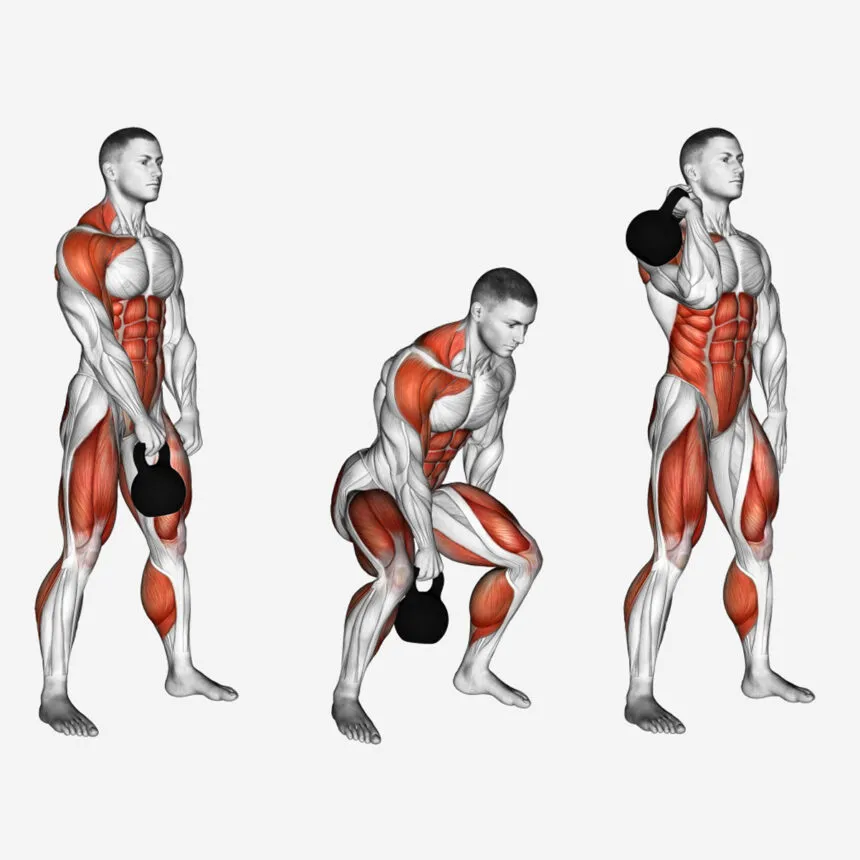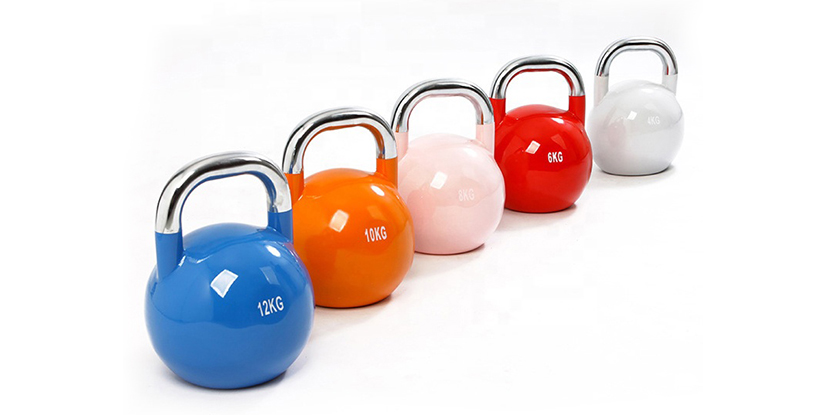The first time I tried a kettlebell clean, I figured it’d be a breeze. Just swing the thing up, catch it, and move on, right? Nope. Not even close.
After my first few sessions, my wrists were wrecked. My forearms looked like I got in a fight with a steel bat. Every clean felt more like a slap than a lift. And the worst part? I just kept thinking, “Is this pain normal? Like… is my wrist supposed to feel like it got smacked with a brick?”
I watched videos, read posts, filmed myself, and slowly started figuring it out. This post is for anyone else who’s in that same spot—just starting out, getting smacked up, and trying to figure out how to make this movement work without feeling like a crash test dummy.
What Even Is the Kettlebell Clean and What It Hits
I used to think the kettlebell clean was just a swing with a cute little catch. But nope—it’s way more technical than that. When done right, it’s a ballistic lift where the bell travels from between your legs straight into a solid rack position. No flopping. No bruises. Just smooth, snappy movement.
It’s one of the five events in the kettlebell pentathlon, which means it’s built for volume. So if your form sucks? You’ll feel it real fast.
How to Actually Do a One-Hand Kettlebell Clean

This is how I learned to clean it up—pun intended:
- Start like a swing
Hinge at the hips, bell between your legs, back flat, chest up. - Explode with your hips
Drive through your heels and pop your hips forward hard. Let the bell ride up, don’t muscle it with your arm. - Keep your elbow close
As the bell rises, keep your elbow tucked. The bell should roll around your forearm—not whip over it. - Land it in the rack
Hand around chest height, forearm vertical, bell resting gently between your bicep and forearm. Your wrist should be straight, not bent back crying for help.
Biggest tip? Stay relaxed. If you grip too tight or yank the bell, it’ll slam into your arm. Smooth = strong.
What Muscles It Works
The clean is sneaky. It looks like an arm move, but it’s full-body all the way:
- Glutes + hips = your main power source
- Lats + upper back = help guide and stabilize
- Core = bracing every rep
- Forearms + grip = because the bell never really rests
If you do it right, everything’s working. If your form’s off, you’ll know—because one part will take the hit usually your wrist or ego.
How I Fixed My Ugly Kettlebell Clean and Stopped Beating Up My Wrists
The first clue my kettlebell clean form sucked? My wrist looked like it got into a fight with a metal bat—and lost.
Every rep felt like the bell slapped me. My shoulder felt weird. Anyway, my forearms were lit up with bruises after every session. I figured something had to be off, but I couldn’t quite put my finger on it. Eventually, it hit me—if the bell is crashing into you every time, you’re not doing a clean… you’re basically just yeeting it and hoping for the best.
So here’s what helped me clean things up—literally.
What I Changed That Actually Worked:
- Tamed the arc
I used to let the bell swing way out in front. Now I keep it close to my body—more like zipping up a jacket than throwing a punch. - Used the “uppercut” cue
I stopped swinging and started thinking: elbow to the ceiling. It keeps the bell tight and smooth. - Loosened my death grip
When I white-knuckled the handle, it couldn’t rotate cleanly. I learned to relax my hand and let the bell roll into the rack. - Got my timing right
This was huge. I started “cleaning” when the bell hit that weightless point at the top of the swing—made it feel effortless. - Tight core, soft catch
I used to lean back like I was trying to dodge the bell. Now I brace my core, squeeze my glutes, and guide the bell softly into place.
Bonus move? I filmed myself. I thought I was doing it right—until I saw that slow-mo bell slap. Watching it back helped me fix what I couldn’t feel.
If your wrist hates you after a set, something’s off. But with a few tweaks, the clean actually feels… clean.That said, once the kettlebell clean finally clicked, everything changed. It felt smooth, strong, and actually kind of badass. Sure, it’s tricky in the beginning. But if you stick with it, clean up your form, and don’t rush the process—your wrists, your progress, and honestly your whole training vibe will level up.

Hi, I’m the editor here at Leadman Fitness. We’re a manufacturer focused on producing top-quality barbells, plates, kettlebells, dumbbells, and strength training gear. I’ve been into sports and fitness for years, and I know my way around all kinds of gym equipment—both from using it and helping create it.
I spend a lot of time understanding the real problems people run into in the gym—whether it’s beginners trying to pick the right gear or experienced lifters looking for something more durable. I stay in close touch with our production team and talk directly with other equipment makers, so we’re always improving based on what real lifters and coaches are looking for.
What I share comes from hands-on experience—stuff that actually helps people train better, not just in theory, but in real gyms.
